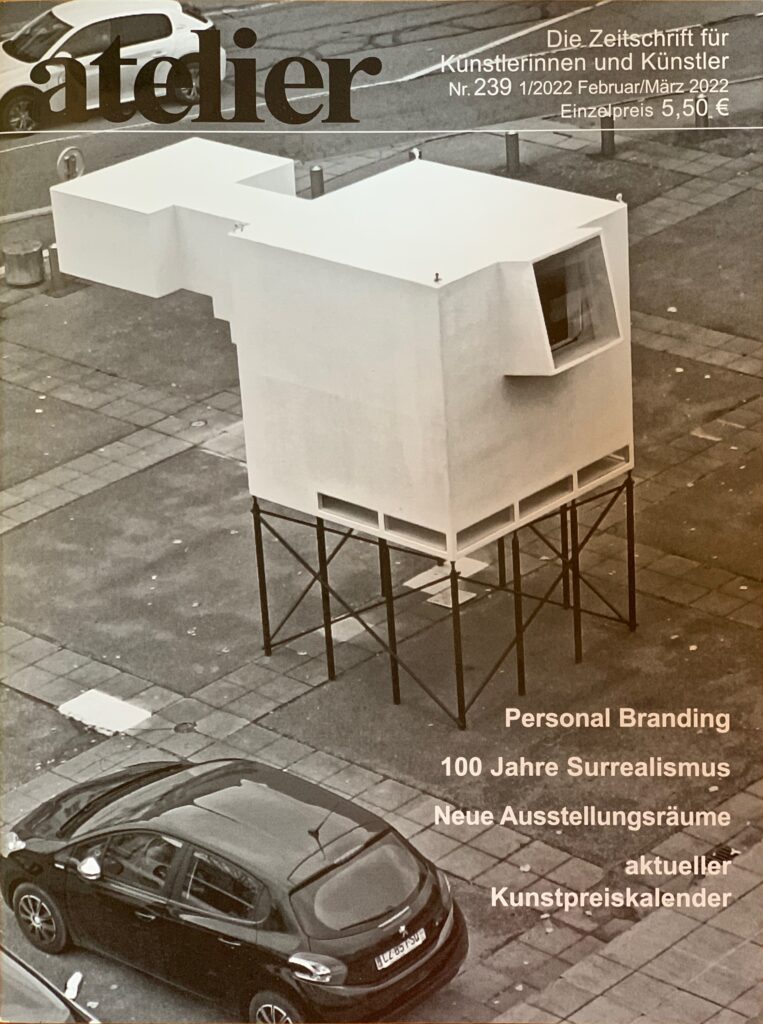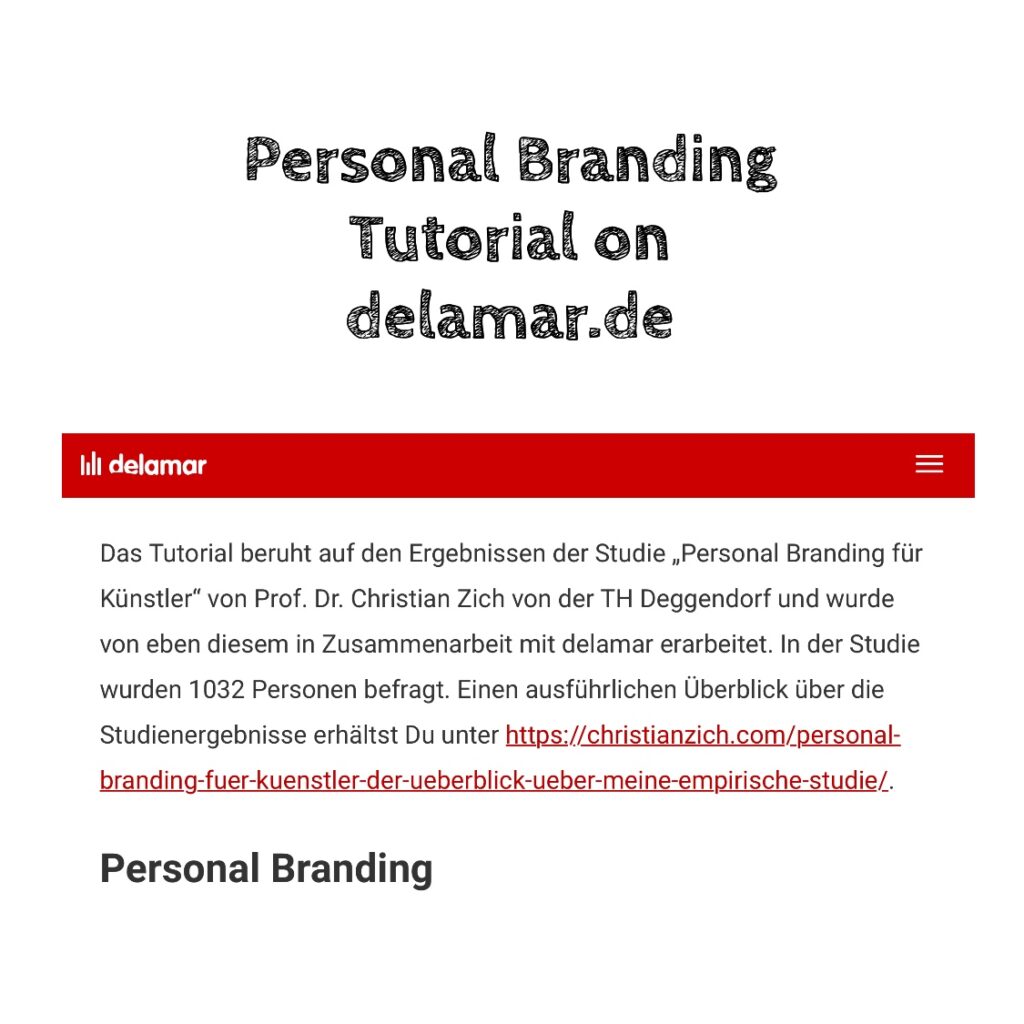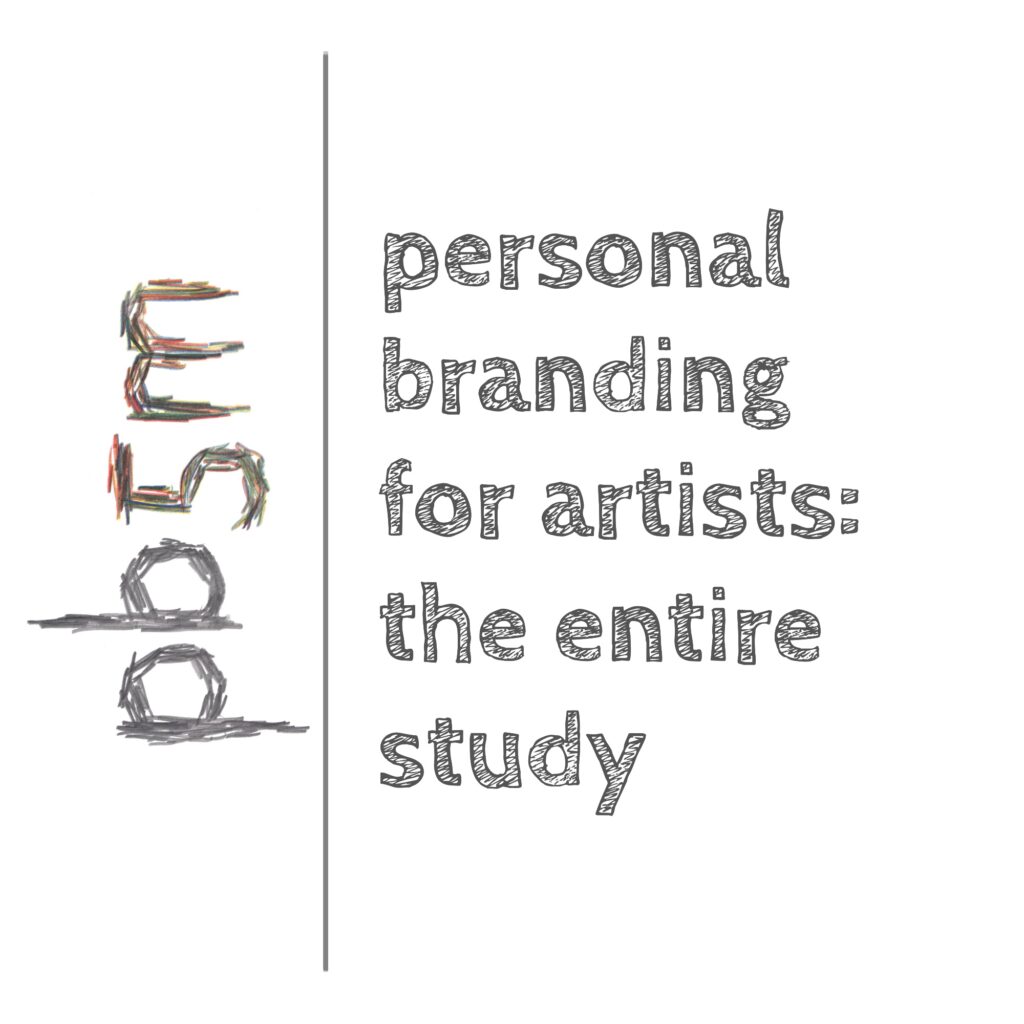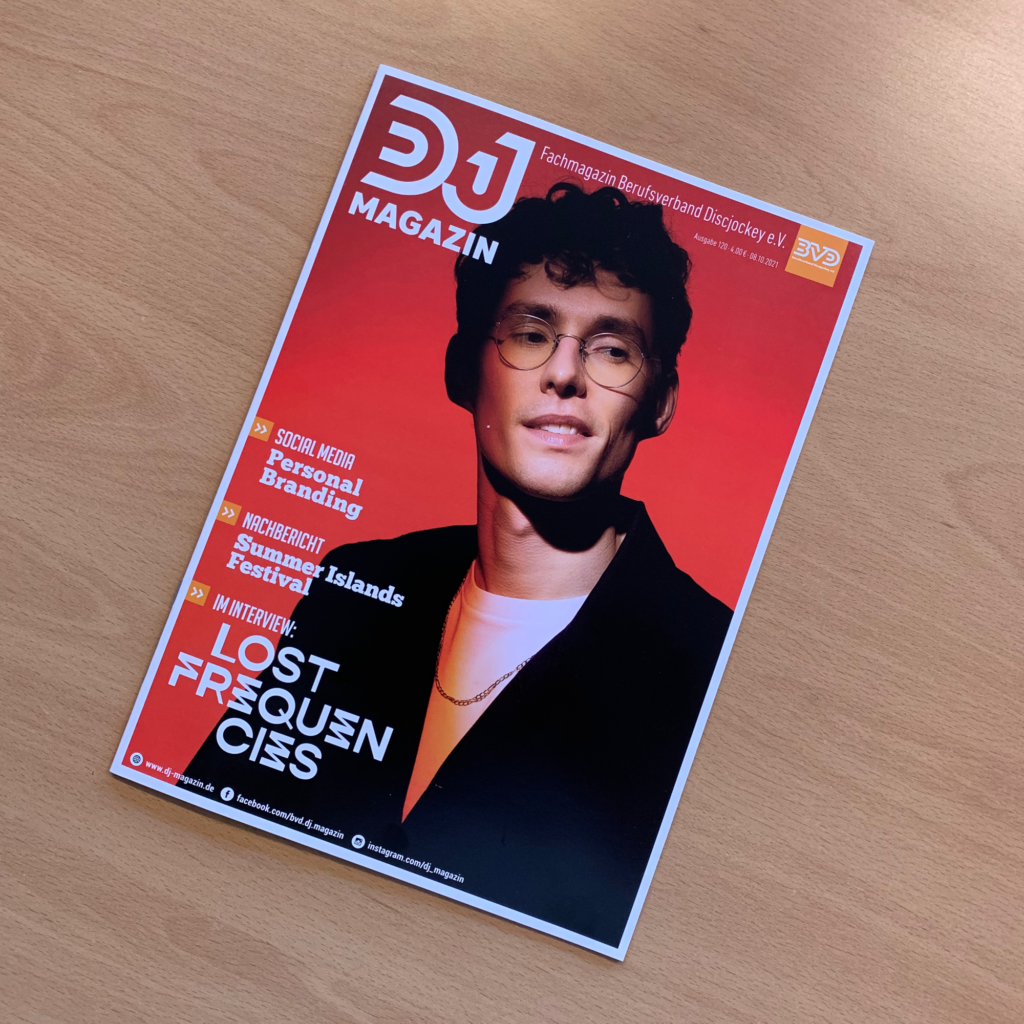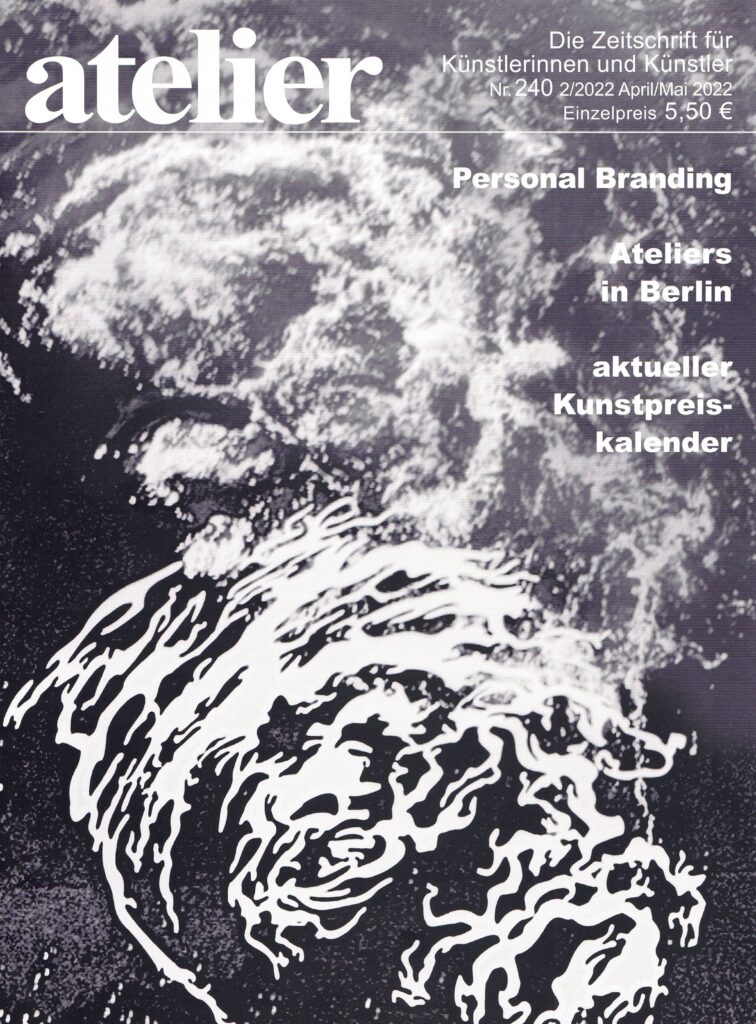
In the last issue of the Atelier magazine, the 2nd part of my article series on personal branding for the visual arts was published. After it became clear in my empirical study that the artistic work is the most important reason for fans and followers to follow an artist and also to remain loyal to him, it was obvious to start exactly with this topic. In this article, I will mainly deal with 3 different building blocks of the artistic work: its uniqueness, its need for explanation and the emotions associated with it. The interesting point here is not the perspective of the artist, but that of the target audience. Nothing more will be revealed; it’s fun to read for yourself.
When I sat down to write the article, I thought that the whole thing would be done in half a day. Far from it. I sat at my desk for two days in total until the manuscript was finished. The challenge, and thus the time-eater, was to leave my own personal opinions about various artists out of the equation and to look at their artistic work from a neutral, scientific perspective. After all, I didn’t want to step on the toes of the readers of this article with a running start and thus annoy them in the long term. According to the motto: Bob Ross also has his justification. To accomplish this, I pored over all my art books to find an example, explain it, and then discard the whole thing. As frustrating as these loops were during the writing process, afterwards I found myself seeing some artworks in a completely different light now. So it was time well spent after all. In issue 241 (June/July 2022) I will continue with the article ranges. Just before that, I finished the next article. I am already looking forward to its publication.
Stay tuned, more stuff is on the way.
More about Personal Branding…
- Personal Branding: Coaching. Part 4
- Personal Branding: Coaching. Part 3
- Personal Branding: Coaching. Part 2
- Personal Branding: Coaching
- Personal branding for the visual arts: the importance of the artistic work.
- Personal Branding for the Visual Arts.
- 4 questions that will make your personal branding project go down the drain.
- Personal Branding, a journey?
- Personal Branding for musicians.
- Personal Branding for Artists – the entire study.

